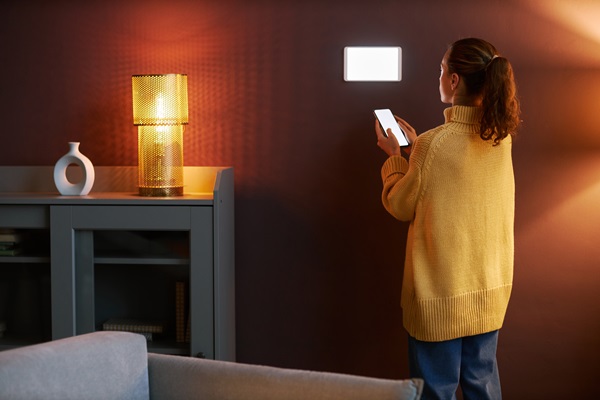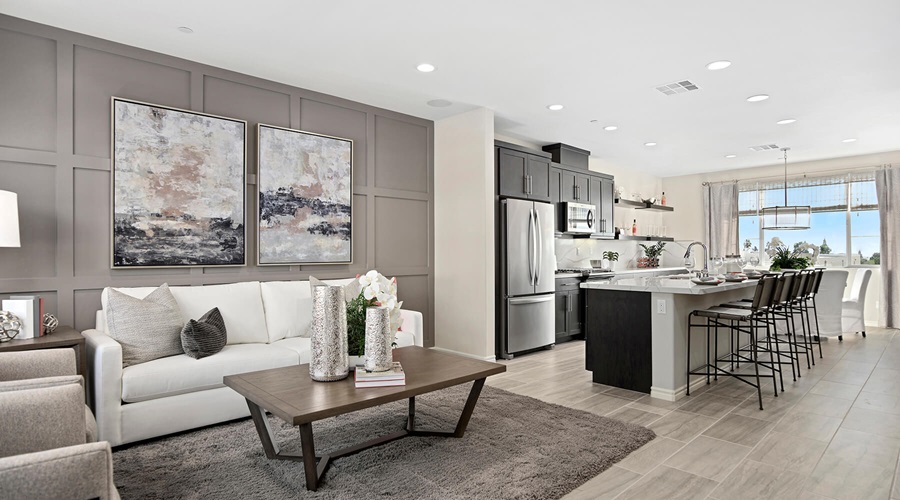In the realm of home automation, smart lights have emerged as a prominent trend, revolutionizing the way people perceive and use lighting. These advanced lighting solutions promise not only enhanced convenience but also offer a spectrum of features that traditional lighting systems cannot match. As homes steadily evolve into smarter, more interconnected spaces, the question of whether investing in smart lights is worthwhile becomes increasingly relevant. This article delves into the multifaceted world of smart lighting, dissecting its benefits, functionalities, and cost-effectiveness to help you decide if they align with your lifestyle and home automation goals.
Contents
What are Smart Lights?

Smart lights represent a significant leap from traditional bulbs, offering a level of interactivity and control previously unattainable. These innovative devices connect to your home’s Wi-Fi, Bluetooth, or a dedicated hub, allowing seamless control through various means. They redefine lighting control, enabling not just on-off switches but a range of possibilities, including brightness adjustment and color change. The heart of smart lighting lies in its ability to integrate with modern technology, providing a user experience that is both intuitive and customizable.
The distinct functionalities of smart lights set them apart from conventional lighting. Scheduling light sequences, adjusting brightness, and changing colors are just a few of the features that add convenience and enhance the user experience. These lights adapt to various user preferences and scenarios, illustrating their versatility in modern homes. They are not just light sources but a central part of home automation, offering both functionality and aesthetic appeal.
The Convenience Factor

The unparalleled convenience of smart lighting significantly enhances everyday life. Being able to control lighting from anywhere, from the couch to miles away from home, introduces a new level of home management. This control is particularly beneficial for managing the home while away, offering peace of mind through easy adjustments during vacations or sudden weather changes.
Smart lights also excel in providing hands-free operation with voice control compatibility. This feature is not just about convenience; it’s a step towards greater accessibility, especially for individuals with mobility challenges. Setting up routines and automation ensures that your lighting always suits your schedule, offering both ease and efficiency in managing your home’s lighting needs.
Energy Efficiency and Cost Savings

Energy efficiency is a key advantage of smart lights. Many use LED technology, known for its low energy consumption, presenting an eco-friendly alternative to traditional bulbs. The difference in energy usage between smart lights and conventional bulbs is not just about immediate savings; it’s a long-term investment in your finances and the environment.
The initial cost of smart lights is higher compared to traditional lighting, but this is balanced by long-term financial benefits. The extended lifespan of these lights means fewer replacements and their energy efficiency translates into considerable savings on electricity bills over time. This aspect of smart lighting presents a cost-effective solution for those looking to reduce their environmental footprint while managing household expenses.
Customization and Ambiance

Customization is where smart lights truly shine. They offer an array of settings to suit every mood and occasion. Whether it’s creating a cozy ambiance with warm tones or setting a lively atmosphere with vibrant colors, these lights provide the flexibility to personalize your space. This versatility is not just about aesthetic appeal; it’s about tailoring your environment to your preferences, enhancing both the functionality and atmosphere of your home.
The impact of lighting on mood and well-being is significant, and smart lights play a crucial role in this. They can be adjusted to create the perfect environment for various activities, like providing bright light for focus during work or softer tones for relaxation. By enabling these adjustments, smart lights go beyond mere illumination; they contribute to a healthier lifestyle by aligning with natural circadian rhythms and reducing eye strain, thereby improving overall well-being.
Integration with Smart Home Systems

Smart lights are not just standalone devices; they are a key component in the broader smart home ecosystem. Their ability to integrate seamlessly with various smart home platforms elevates the entire home automation experience. This integration allows for synchronized control of multiple devices, enhancing efficiency and convenience. Whether it’s syncing with security systems, thermostats, or entertainment devices, smart lights play a pivotal role in creating a cohesive and responsive smart home environment.
Furthermore, the compatibility of smart lights with popular smart home platforms like Amazon Alexa, Google Home, and Apple HomeKit opens up a world of possibilities. This compatibility allows for centralized control and automation of not only lighting but also other connected devices, offering a truly integrated home experience. By working in harmony with other smart home devices, smart lights contribute to creating a more intuitive and convenient living space where technology works in tandem to cater to the user’s needs.
Security Benefits

The role of smart lights in enhancing home security is often overlooked. Their ability to simulate occupancy in a home is a simple yet effective security measure. By scheduling lights to turn on and off at specific times or even randomly, smart lights can create the illusion that someone is home, deterring potential intruders. This feature is particularly useful when homeowners are away, providing an added layer of security and peace of mind.
In addition to simulating occupancy, smart lights can integrate with home security systems and motion sensors, further enhancing home safety. When paired with motion sensors, these lights can illuminate areas of your home when unexpected movement is detected, potentially warding off intruders. This integration not only boosts the effectiveness of your home security system but also adds to the convenience, as lighting becomes a proactive participant in the home’s security.
Potential Drawbacks

Despite their numerous advantages, smart lights do have potential drawbacks that should be considered. One of the primary concerns is the cost. Smart lights are significantly more expensive than traditional bulbs, and outfitting an entire home can be a considerable investment. This initial cost can be a barrier for some, making it essential to weigh the long-term benefits against the upfront expense.
Another concern is the complexity and reliability of smart lights. Being reliant on internet connectivity and smart home hubs, they can be susceptible to technical issues like network outages or compatibility problems with certain devices. Additionally, the setup and ongoing management of smart lighting systems can be more complex than traditional lighting, potentially posing challenges for those who are not tech-savvy.
Take the Next Step in Smart Home Innovation
Smart lights offer more than just illumination; they bring convenience, efficiency, and a touch of personalization to your living space. While considering the initial cost and setup, remember the long-term benefits of energy savings, enhanced security, and seamless integration with smart home systems. As you weigh these factors, think about how smart lighting could transform your home. If the advantages align with your needs, taking the leap into the world of smart lighting could be your next step towards a smarter, more connected home.


